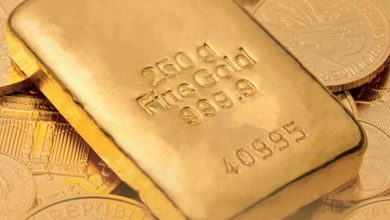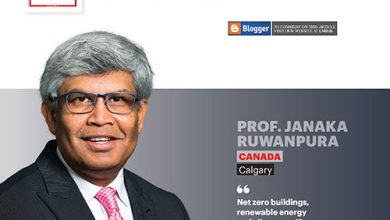COMMERCIAL CAPITAL
Wish you were here
India’s Good Bay
Sandip Hor visits Mumbai to savour its erstwhile
British influence and modern-day glitz and glamour
Best known for its extraordinary glamour, Mumbai – formerly Bombay – is known worldwide as the epicentre of the Indian film industry. Over the last few decades, Bollywood has emerged as the cultural brand of India.
India’s commercial capital, which flanks the Arabian Sea, is one of the most densely populated urban areas in the world. Centuries ago, the settlement was born as a coastal village that took its name from the local goddess Mumba – a form of the Hindu goddess Parvati, who is the consort of Lord Shiva.
The Portuguese were the first European settlers and they called the domain ‘Bom Baim’ – meaning ‘Good Bay.’ Later, the British gained territorial control of the land in the 17th century and anglicised its name to Bombay. The name Mumbai was officially restored in 1995 although Bombay remains in common usage.
Mumbai and its surrounding areas offer numerous attractions for tourists, which range from forts and historic monuments to ancient Hindu cave temples.
WHERE TO STAY As glamour is the cornerstone of the city, the landscape is dotted with internationally reputed hotels. At the top of the list is The Taj Mahal Palace – a seafront landmark, which opened its doors in 1930 and is still listed as one of the world’s top luxury heritage hotels.
Obviously, staying there (or any other luxury property, for that matter!) isn’t cheap. So a recommended option for budget conscious travellers is to check in at the Chateau Windsor Hotel, which offers a convenient seafront location with comfortable facilities at reasonable rates.
WHAT TO EAT Obsession with food is an attribute of this mega city where local delights such as bhel puri, pani puri, ragda patties, pav bhaji and vada pavs are served as street food, at wayside eateries and local cafes. They complement the multi-cuisine menus that are offered by the trendy restaurants and reputable hotels in the city.
Not to be missed is Parsi food, which was introduced to India by migrants from Persia. Among several of their signature dishes are dhansak (a meat dish cooked with lentils and vegetables) and patrani machhi (grilled fish wrapped in a banana leaf).
WHERE TO SHOP The best places for high end shopping are in Colaba, Bandra, Kala Ghoda, Worli and Lower Parel where glittering shopping malls, department stores and trendy shops promise satisfying retail therapy.
But shopping in crowded markets such as the Colaba Causeway Market or Chor Bazaar are also thrilling experiences.
WHERE TO GO Exploration of the city begins in the Gateway of India area.
Set against the backdrop of The Taj Mahal Palace Hotel, this paved space borders the Arabian Sea at Apollo Bunder in South Mumbai and is characterised by a grand arched gateway, which was constructed to commemorate the visit of the then Great Britain’s King George V and Queen Mary in 1911.
The monument holds historical importance in contemporary India as it served as the departure point for British troops following the subcontinent’s independence in 1947.
It also serves as the embarkation point for boats heading to Elephanta Island, which is located nine kilometres from the coast and home to a collection of 7th century rock cut temples that are adorned with sculptures of remarkable artistic merit.
This island has been designated as a UNESCO World Heritage Site and stands as one of Mumbai’s primary tourist attractions.
Other notable locations include Chhatrapati Shivaji Maharaj Vastu Sangrahalaya (formerly known as the Prince of Wales Museum of Western India), Jehangir Art Gallery, Marine Drive, Haji Ali Dargah mosque, Flora Fountain and the UNESCO World Heritage Site of Churchgate railway station with its elegant Victorian Gothic architecture.
Moreover, several prominent structures are illuminated at night to create a welcoming and picturesque city.







